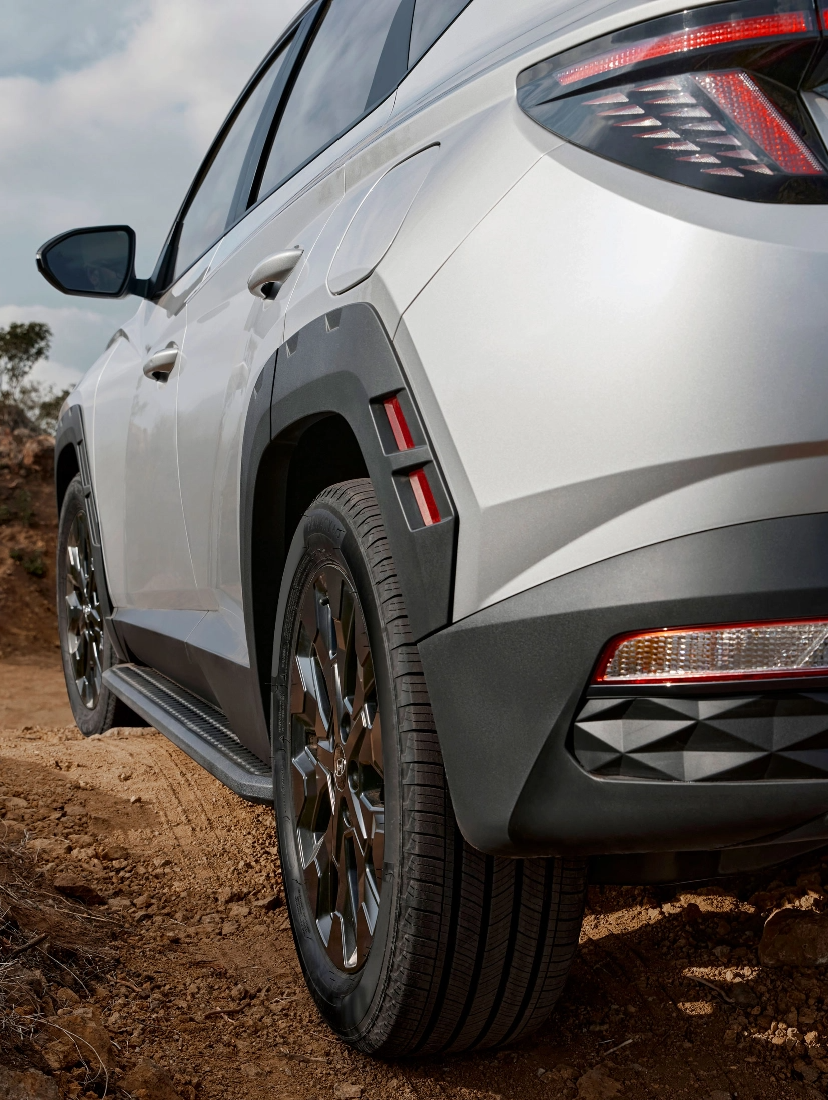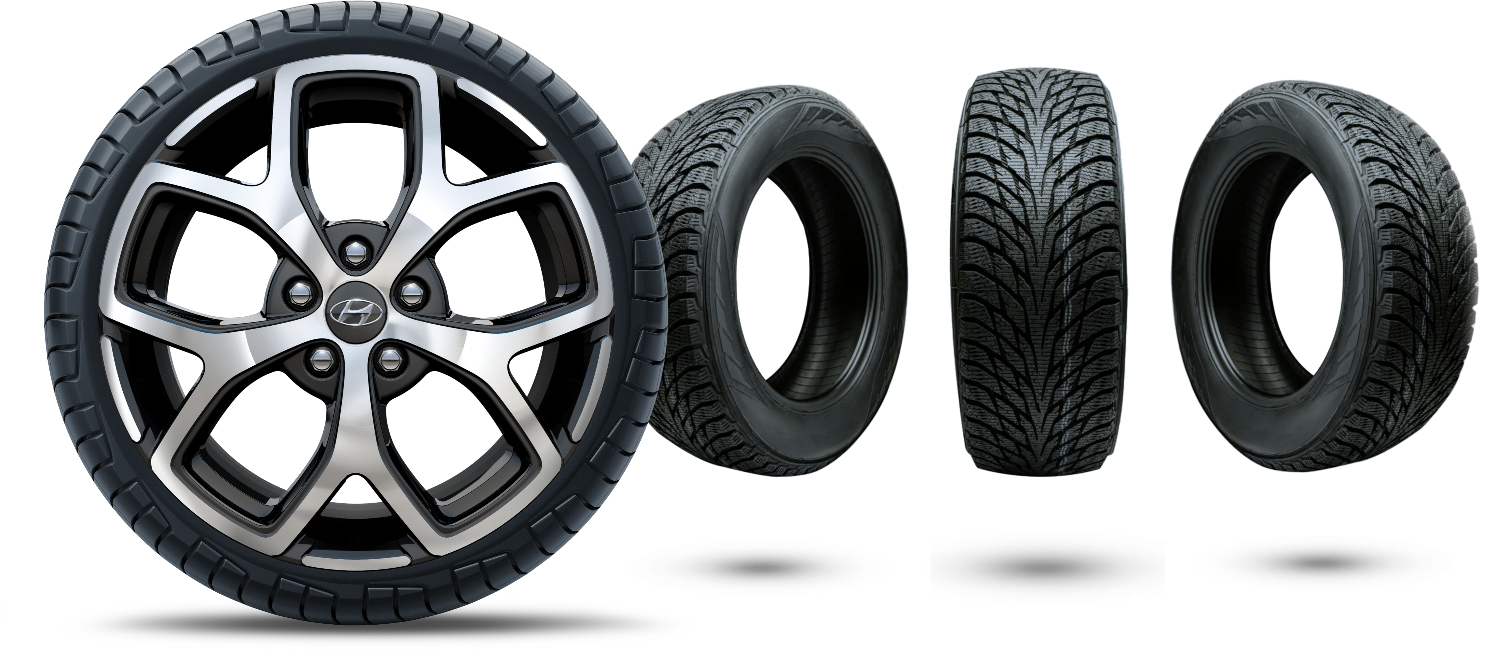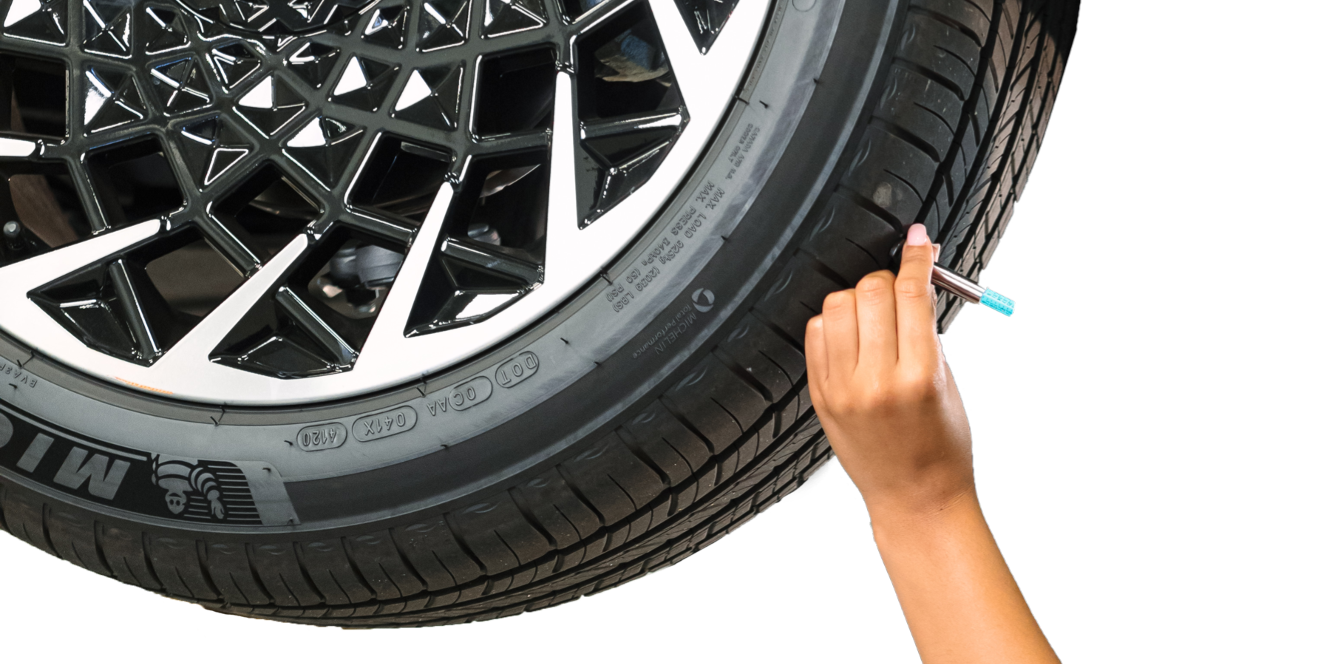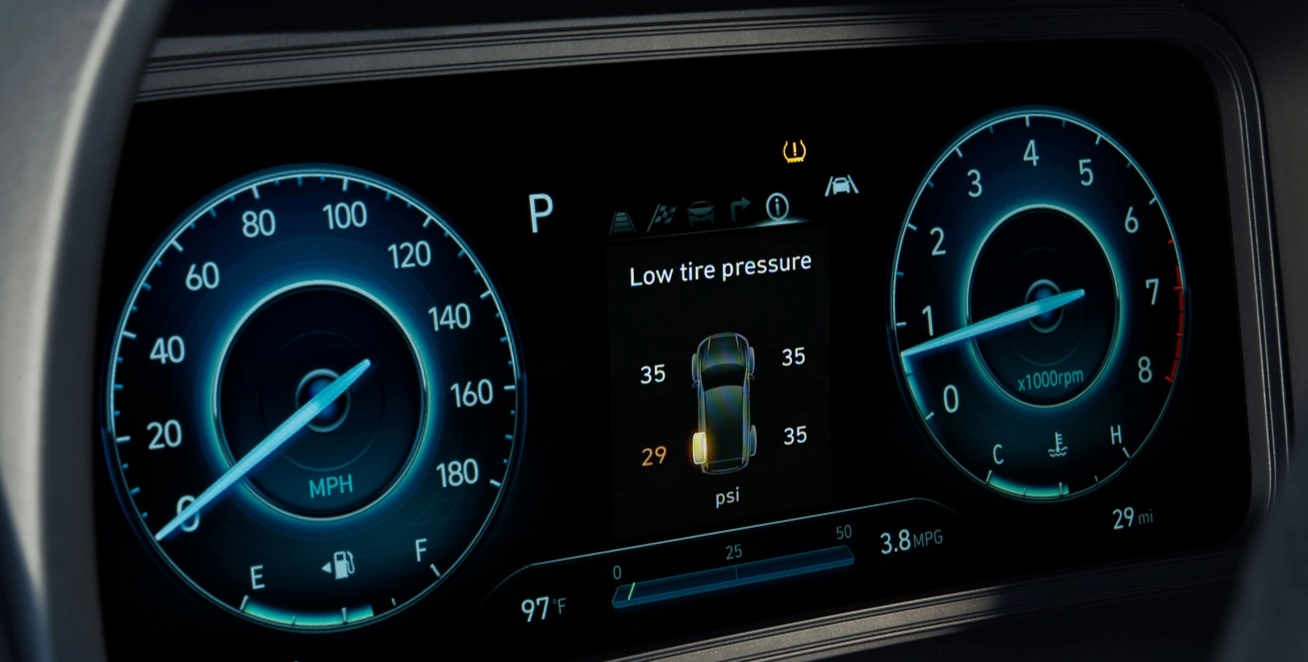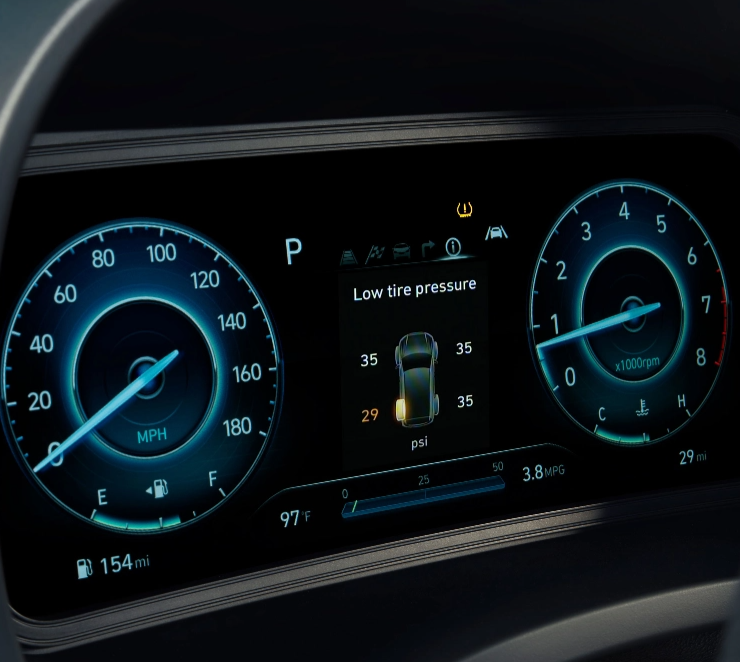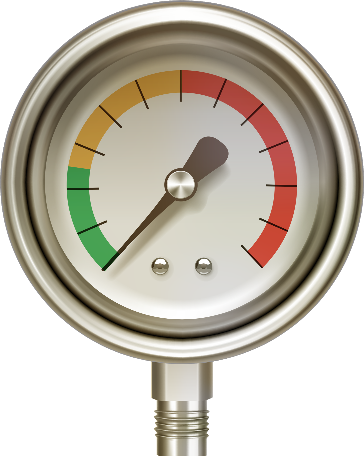
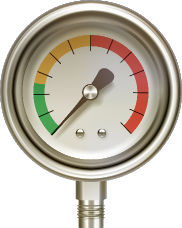
Monitor your tire pressure
Monitor your tire pressure periodically to make sure your tires are properly inflated and wearing evenly. Overinflation or underinflation can reduce tire life, affecting the vehicle’s handling and stopping ability.
Tire Pressure Monitoring System (TPMS)
Most 2007 and newer vehicles are equipped with a TPMS. Please check your owner’s manual for details on your vehicle’s TPMS. On many, TPMS allows you to see the current tire pressure and warns you if your tire pressure gets too low. If one or more of your tires are significantly underinflated, the TPMS illuminates a low tire pressure indicator.

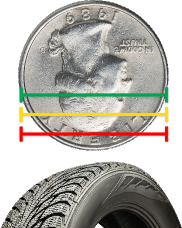
Check your tread wear
Additionally, it is important to keep in mind that even properly inflated tires can wear down. Tread depth is important, and checking only requires a quarter. Periodically test tread depth by inserting an upside-down quarter in the tire tread. If you can see the top of George Washington’s head, the tire should be replaced.
Keep your tires inflated
Keeping tires properly inflated doesn’t take long — simply pump them up with an air compressor at an air-equipped gas station. Please be aware that tires can naturally lose 1 to 2 PSI per month, especially if your vehicle is not driven regularly.
Tire Facts & FAQs
How can seasons affect tire pressure?

An increase or decrease in temperature can change your tire pressure. Here’s how the following seasonal variations can affect yours:
For every 10-degree increase, tire pressure can rise 1 PSI. Also, while tires are in motion, their pressure may increase due to “flexing.”
For every 10-degree decrease, tire pressure can drop 1–2 PSI.
For best results, check your tires at least once a month. Follow the tire placard label located on the driver-side door pillar. If you’ve driven more than a couple of miles, wait for the tires to cool to the ambient temperature before checking pressure. Also, invest in routine seasonal tire service to ensure your Hyundai drives smoothly, no matter the time of year.
How are tires affected in spring and summer?

The combination of hotter temps and increased travel with heavier vehicle loads can push tires, especially neglected or damaged tires, beyond their breaking point. Other reasons for blowouts include:
- Underinflation
- Poor tire maintenance
- Debris on the road (nails, etc.)
- Bad road conditions (potholes, etc.)
- Tires worn past their service life
The simplest way to avoid blowouts is to perform your own regular tire pressure checks and visual inspections. The best way is to have a Hyundai-trained technician inspect your tires for cracks, bulges, weak areas in the sidewall, correct pressure, and proper wear. Have this done during every scheduled maintenance — or come in anytime for a complimentary tire inspection.
How are tires affected in fall and winter?

Hotter temps can increase tire pressure, but colder temps can decrease it, causing underinflation. Less pressure in your tires means less rigidity. Combine that with your vehicle’s weight and high speeds, and your tires can buckle and “flex.” This means your tires could literally rip and cause a blowout.
Proper air pressure is only a part of tire safety. Proper tread is also important because it displaces water and snow, and delivers sufficient traction. Have a Hyundai-trained technician perform a complimentary tire inspection to make sure your tread is intact and deep enough to provide optimal safety and performance during acceleration, handling, and braking on flat, uneven, inclined, and declined surfaces in all kinds of weather.
Tire pressure warning light

Never ignore a tire pressure warning light. Even minimal underinflation can cause a tire to wear faster and jeopardize your safety. Also, low tire pressure can reduce fuel efficiency by 0.3% for every 1 PSI. An illuminated tire pressure light may indicate one of the following:
- Rapid tire pressure reduction
- Significant underinflation
- Tire pressure monitor malfunction
Overinflated tires

Tires having TOO much air might seem OK, but it can be just as dangerous and uncomfortable as tires with too little air. Overinflated tires can deliver negative results, such as:
- Poor handling
- Faster wear
- Compromised safety
- Bumpy ride
Sure your tires
are road-ready?
Contact your preferred
Hyundai dealer today!
Your preferred Hyundai dealer has the tires meant for your vehicle, and they’re installed by Hyundai-trained technicians. All tires from the official Hyundai Tire Center come with 24-month road hazard coverage.
See how the Tire Mobility Kit can help you fix a flat:


